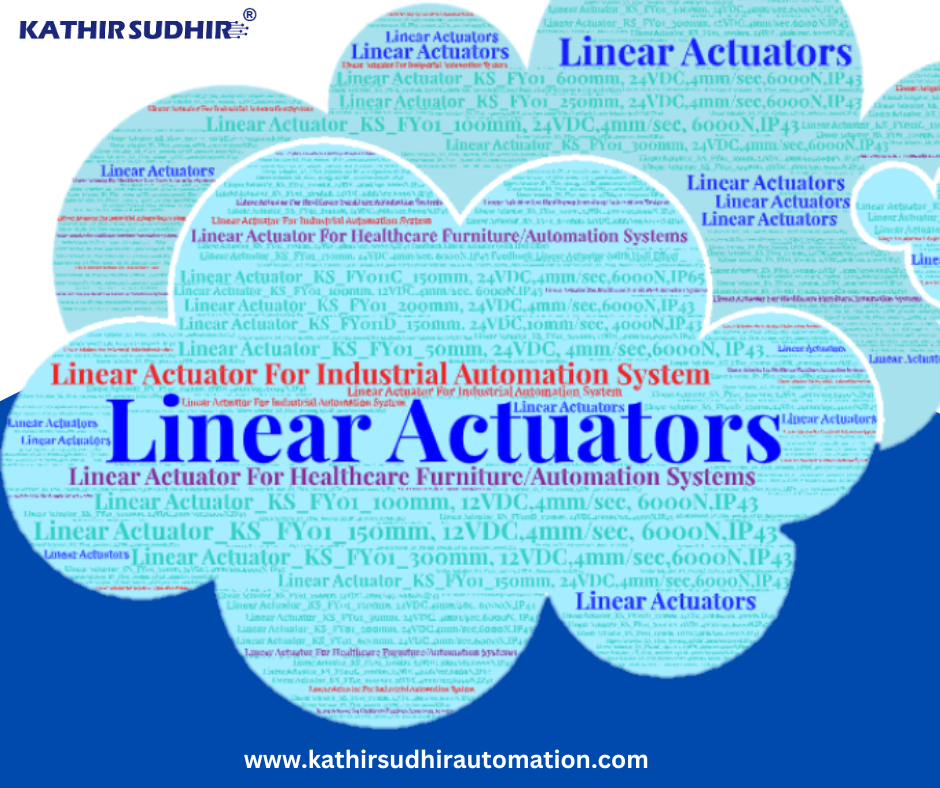Introduction: In the world of engineering and automation, the need for precise and efficient motion control is paramount. From robotics to industrial machinery, the ability to translate linear motion with accuracy and reliability is crucial. This is where push-pull linear actuators come into play. In this blog, we will explore the incredible power and versatility of push-pull linear actuators and how they are revolutionizing various industries.
- Understanding Push-Pull Linear Actuators: Push-pull linear actuators are electromechanical devices designed to convert electrical energy into linear motion. They operate on the principle of push and pull forces, using a combination of pushing and pulling to generate the desired motion. This unique design allows for greater control and precision, making them ideal for applications that require smooth and accurate linear movement.
- Key Features and Benefits: Push-pull linear actuators offer a range of features and benefits that set them apart from other types of actuators. These include:
a. Dual-directional Movement: One of the most significant advantages of push-pull linear actuators is their ability to move in both directions. This makes them highly versatile and adaptable to various applications where bidirectional movement is essential.
b. Compact and Space-Saving Design: Push-pull linear actuators are known for their compact and streamlined design. They are often compactly built, making them suitable for installations in tight spaces where size constraints are a concern.
c. High Precision and Accuracy: With their push-pull mechanism, these actuators offer exceptional precision and accuracy in motion control. This makes them an excellent choice for applications that require precise positioning, such as robotics, CNC machines, and medical equipment.
d. High Load Capacity: Push-pull linear actuators are designed to handle substantial loads. They can exert significant force while maintaining stability and reliability, making them suitable for heavy-duty applications in industries like manufacturing and aerospace.
- Applications of Push-Pull Linear Actuators: Push-pull linear actuators find applications across various industries due to their unique capabilities. Some notable applications include:
a. Robotics: Push-pull linear actuators play a vital role in robotic systems, enabling precise movement and manipulation. They are used in robotic arms, grippers, and other robotic components to achieve accurate positioning and controlled motion.
b. Industrial Machinery: From conveyor systems to assembly lines, push-pull linear actuators provide the necessary motion control for efficient and seamless operations. They are commonly used in packaging, material handling, and automated manufacturing processes.
c. Medical and Healthcare: In the healthcare sector, push-pull linear actuators are employed in medical equipment such as patient lifts, hospital beds, and adjustable treatment tables. Their precise control and smooth motion ensure patient comfort and safety.
- Choosing the Right Push-Pull Linear Actuator: Selecting the appropriate push-pull linear actuator for a specific application is essential to achieve optimal performance. Factors to consider include load capacity, stroke length, speed, control options, and environmental conditions. Consulting with experts or manufacturers can help in determining the right actuator for the intended use.

Conclusion: Push-pull linear actuators have emerged as a game-changer in the field of motion control. Their unique push-pull mechanism, combined with their precision and versatility, makes them a preferred choice across a wide range of industries. As technology continues to advance, we can expect even more innovative applications and advancements in the field of push-pull linear actuators.

